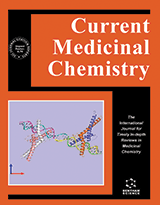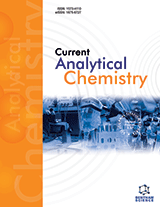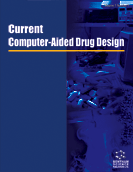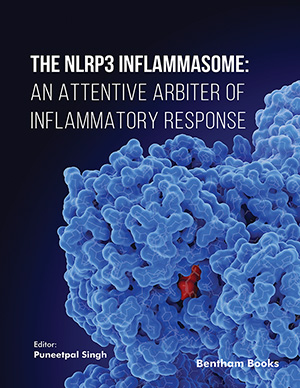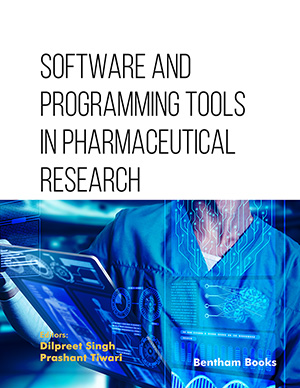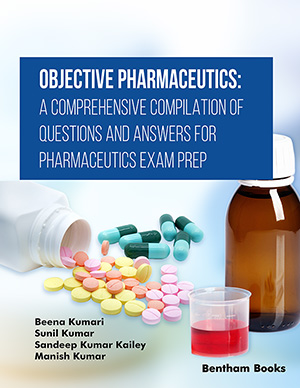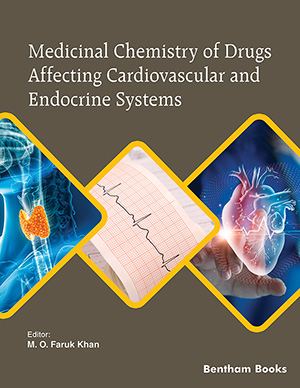Abstract
This review describes the application of a natural defense mechanism to develop effective agents for The post-transcriptional control of gene expression. 2-5A is a unique 2,5-phosphodiester bond linked oligoadenylate, (pp)p5A2(p5A)n , that is elaborated in virus-infected interferon-treated cells. The 2-5A System is an RNA degradation pathway that is an important mechanistic component of interferons action against certain viruses. It may also play a role in the anticellular effects of interferon and in general RNA decay. A major player in the 2-5A-system is the latent and constitutive 2-5A-dependent ribonuclease (RNase L) which upon activation by 2-5A, degrades RNA. This RNase L enzyme can be recruited for antisense therapeutics by linking it to an appropriate oligonucleotide targeted to a chosen RNA. Syntheses of 2-5A, its analogues, 2-5A-antisense, and its modifications are detailed herein. Applications of 2-5A-antisense to particular targets such as HIV, PKR, chronic myelogenous leukemia, telomerase, and respiratory syncytical Virus is described.
Keywords: Oligoadenylate-Based Antisense, Ribonucleases, Apoptosis, 2-5A-ANTI-SENSE(2-5A-AS), Syncytial Virus, Condensation, Coupling agents
Current Medicinal Chemistry
Title: Chemistry and Biochemistry of 2, 5-Oligoadenylate-Based Antisense Strategy
Volume: 8 Issue: 10
Author(s): Steven A. Adah, Suzanne F. Bayly, Hagen Cramer, Robert H. Silverman and Paul F. Torrence
Affiliation:
Keywords: Oligoadenylate-Based Antisense, Ribonucleases, Apoptosis, 2-5A-ANTI-SENSE(2-5A-AS), Syncytial Virus, Condensation, Coupling agents
Abstract: This review describes the application of a natural defense mechanism to develop effective agents for The post-transcriptional control of gene expression. 2-5A is a unique 2,5-phosphodiester bond linked oligoadenylate, (pp)p5A2(p5A)n , that is elaborated in virus-infected interferon-treated cells. The 2-5A System is an RNA degradation pathway that is an important mechanistic component of interferons action against certain viruses. It may also play a role in the anticellular effects of interferon and in general RNA decay. A major player in the 2-5A-system is the latent and constitutive 2-5A-dependent ribonuclease (RNase L) which upon activation by 2-5A, degrades RNA. This RNase L enzyme can be recruited for antisense therapeutics by linking it to an appropriate oligonucleotide targeted to a chosen RNA. Syntheses of 2-5A, its analogues, 2-5A-antisense, and its modifications are detailed herein. Applications of 2-5A-antisense to particular targets such as HIV, PKR, chronic myelogenous leukemia, telomerase, and respiratory syncytical Virus is described.
Export Options
About this article
Cite this article as:
Adah A. Steven, Bayly F. Suzanne, Cramer Hagen, Silverman H. Robert and Torrence F. Paul, Chemistry and Biochemistry of 2, 5-Oligoadenylate-Based Antisense Strategy, Current Medicinal Chemistry 2001; 8 (10) . https://dx.doi.org/10.2174/0929867013372445
| DOI https://dx.doi.org/10.2174/0929867013372445 |
Print ISSN 0929-8673 |
| Publisher Name Bentham Science Publisher |
Online ISSN 1875-533X |
Call for Papers in Thematic Issues
Advances in Medicinal Chemistry: From Cancer to Chronic Diseases.
The broad spectrum of the issue will provide a comprehensive overview of emerging trends, novel therapeutic interventions, and translational insights that impact modern medicine. The primary focus will be diseases of global concern, including cancer, chronic pain, metabolic disorders, and autoimmune conditions, providing a broad overview of the advancements in ...read more
Cellular and Molecular Mechanisms of Non-Infectious Inflammatory Diseases: Focus on Clinical Implications
The Special Issue covers the results of the studies on cellular and molecular mechanisms of non-infectious inflammatory diseases, in particular, autoimmune rheumatic diseases, atherosclerotic cardiovascular disease and other age-related disorders such as type II diabetes, cancer, neurodegenerative disorders, etc. Review and research articles as well as methodology papers that summarize ...read more
Chalcogen-modified nucleic acid analogues
Chalcogen-modified nucleosides, nucleotides and oligonucleotides have been of great interest to scientific research for many years. The replacement of oxygen in the nucleobase, sugar or phosphate backbone by chalcogen atoms (sulfur, selenium, tellurium) gives these biomolecules unique properties resulting from their altered physical and chemical properties. The continuing interest in ...read more
Current advances in inherited cardiomyopathy
Describe in detail all novel advances in multimodality imaging related to inherited cardiomyopathy diagnosis and prognosis. Shed light to deeper phenotypic characterization. Acknowledge recent advances in genetics, genomics and precision medicineread more
 17
17
- Author Guidelines
- Graphical Abstracts
- Fabricating and Stating False Information
- Research Misconduct
- Post Publication Discussions and Corrections
- Publishing Ethics and Rectitude
- Increase Visibility of Your Article
- Archiving Policies
- Peer Review Workflow
- Order Your Article Before Print
- Promote Your Article
- Manuscript Transfer Facility
- Editorial Policies
- Allegations from Whistleblowers
- Announcements
Related Articles
-
Purine Nucleoside Analogs as Immunosuppressive and Antineoplastic Agents: Mechanism of Action and Clinical Activity
Current Medicinal Chemistry Synthesis and Cytotoxicity of Two Active Metabolites of Larotaxel
Anti-Cancer Agents in Medicinal Chemistry CRP Pro-inflammatory Signalling in Atherosclerosis: Myth or Reality?
Current Signal Transduction Therapy The Effects of D-aspartate on Neurosteroids, Neurosteroid Receptors, and Inflammatory Mediators in Experimental Autoimmune Encephalomyelitis
Endocrine, Metabolic & Immune Disorders - Drug Targets Organophosphorus Compounds: Intervention in Mechanisms of Signal Transduction Relevant to Proliferative, Immunological and Circulatory Disorders
Current Medicinal Chemistry Virulence Factors of Helicobacter pylori: Practical Biomarkers
Recent Patents on Biomarkers A QSAR Study on Some Series of Anti-Hepatitis C Virus (HCV) Agents
Letters in Drug Design & Discovery Inflammatory Cytokines, Growth Factors, and Depression
Current Pharmaceutical Design Therapeutic Modulation of Cytokines in Chronic Infectious Diseases
Current Pharmaceutical Design L-Cysteine Catalyzed Environmentally Benign One-pot Multicomponent Approach Towards the Synthesis of Dihydropyrano[2,3-c]pyrazole Derivatives
Current Organic Synthesis Baupain, A Plant Cysteine Proteinase That Hinders Thrombin-Induced Human Platelet Aggregation
Protein & Peptide Letters Effects of Amine Oxidases in Allergic and Histamine-Mediated Conditions
Recent Patents on Inflammation & Allergy Drug Discovery Interferon Therapy in Lung Cancer: Current Perspectives
Current Cancer Therapy Reviews Promotion of Insulin-Like Growth Factor-I Production by Sensory Neuron Stimulation; Molecular Mechanism(s) and Therapeutic Implications
Current Medicinal Chemistry Pharmacogenetics of Selective Serotonin Reuptake Inhibitor Response in Major Depression
Current Pharmacogenomics Design of Peptide Imaging Agents for Whole-body and Intraoperative Molecular Imaging
Current Medicinal Chemistry Neuro-Hormonal Regulation of Immune and Metabolic Function
Current Medicinal Chemistry - Anti-Inflammatory & Anti-Allergy Agents Induced pluripotent stem cell-derived mesenchymal stem cells: A leap toward personalized therapies.
Current Stem Cell Research & Therapy Chemistry and Biology of Anti-Inflammatory Marine Natural Products:Molecules Interfering with Cyclooxygenase, NF-kB and Other Unidentified Targets
Current Medicinal Chemistry Potential Mechanisms for Increased HIV-1 Transmission Across the Endocervical Epithelium During C. trachomatis Infection
Current HIV Research


